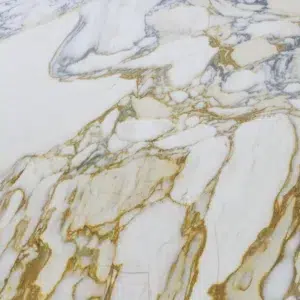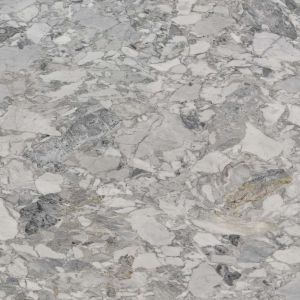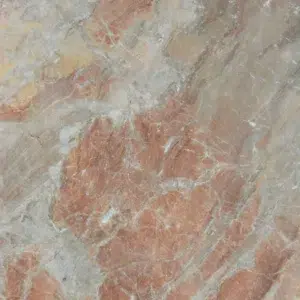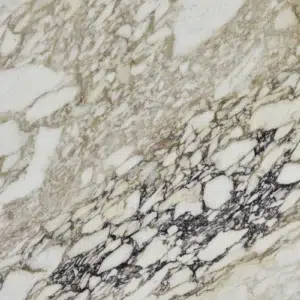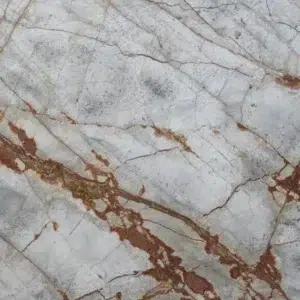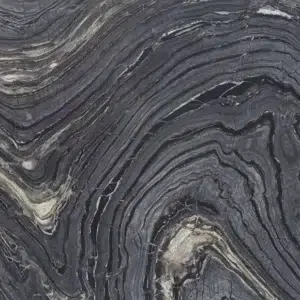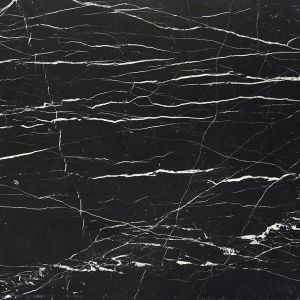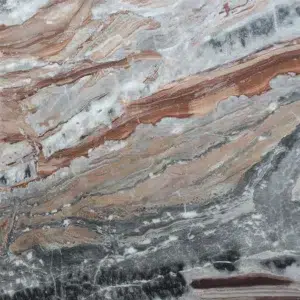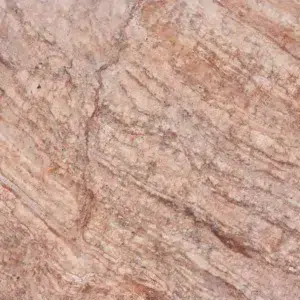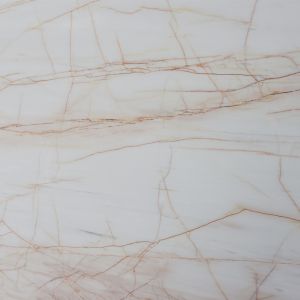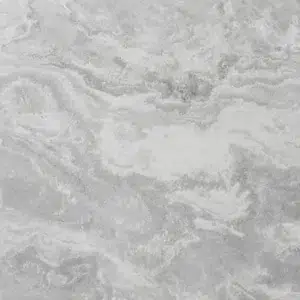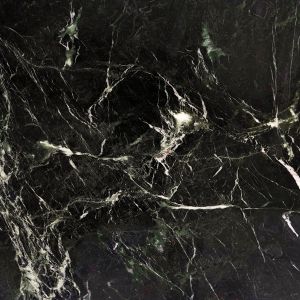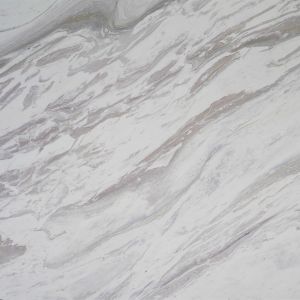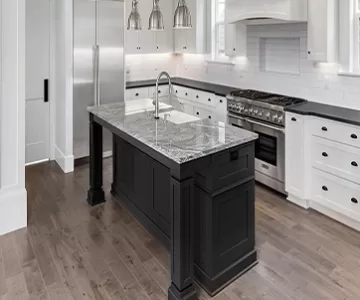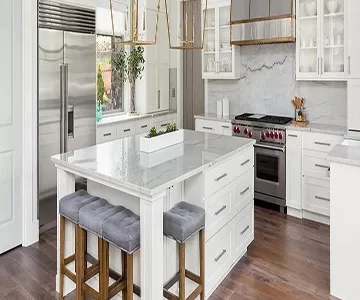Natural Stone Flooring
Natural Stone Flooring Australia
Natural stone flooring has recently gained popularity in Australia for its strength, timeless elegance, and natural beauty. Whether renovating your home or remodeling a commercial space, it offers a perfect mix of aesthetics and practicality. We at Avant Stone can assist with all your natural stone flooring needs. Let’s explore its types, applications, and maintenance.
Why Choose Natural Stone for Your Flooring?
Natural stone flooring offers a unique combination of aesthetic appeal and practical benefits that make it an excellent choice for a wide range of applications. Here are some compelling reasons to consider natural stone for your next flooring project:
- Timeless Beauty: Each piece of this natural stone represents a work of art sent to us from nature millions of years back. Unique in their patterns, colours, and textures—in stone flooring—no other man-made material has the kind of uniqueness that brings class and authenticity to any space.
- Durability: Natural stone is extremely hard-wearing. If laid correctly and well cared for, stone flooring can last many, many years—frequently longer than the building itself. This makes it an excellent long-term investment for both residential and commercial properties.
- Versatility: This natural stone flooring can fit any architectural style, whether sleek, modern, rustic, or traditional in design. It may also blend with interior design inclinations. With such a high number of stone varieties and colouring, there is a perfect type of stone to suit every project.
- Increased Property Value: The prestige and durability associated with natural stone flooring can significantly enhance the value of a property, making it an attractive feature for potential buyers or tenants.
- Temperature Regulation: One aspect where stone comes into its own is in the realm of natural thermal properties, maintaining a building’s temperature by keeping certain areas cooler during the summer and warmer during winter, is very important, especially in Australia’s varied climate.
Types of Natural Stone for Flooring
The Land Down Under truly has a vast and varied range of natural stone types with wide differences amongst them in characteristics and perfect applications. Now, some of the popular varieties of natural stone flooring installed in Australian houses and offices will be discussed.
Marble Flooring
Marble flooring spells luxury and beauty because of its striking veining and polished finish. Marble is the perfect material to use in any residential and commercial flooring project since it gives any type of flooring luxury and sophistication. Its timeless beauty improves the aesthetic of every place.
Granite Flooring
Due to its hard, scratch and stain resistance, granite is extensively used for flooring. It is also available in different colours and patterns, making it just perfect for producing magnificent high-quality floor tiles to suit various interior designs.
Limestone Flooring
Comparatively, limestone flooring is very soft and rustic-looking compared to other natural stone floorings like marble and granite. The warm, earthy tones with the natural texture of the limestone, combined with the warmth of wood, create accommodating locales. For people who want completely natural and classy flooring, limestone only adds to the beauty of any room.
Travertine Flooring
Travertine is a type of limestone with a unique porous texture. Its natural pits and holes give it a distinctive character, often filled and polished for a smoother surface. Travertine flooring is perfect for creating warm, inviting spaces with a touch of rustic elegance.
Quartzite Flooring
Quartzite is a highly durable and stylish stone that resembles marble but offers greater resistance to scratching and staining. Its shimmering surface and varied colours make it a striking choice for natural stone flooring, enhancing any space with beauty and quality.
Dolomite Flooring
Dolomite, similar to marble, is known for its hardness and durability. It typically features light to dark grey tones with subtle veining, offering a sleek and modern look. Dolomite flooring is ideal for creating elegant and resilient floors in any space.
Porcelain Flooring
While not a natural stone, porcelain tiles are used alongside natural stone for their durability and design versatility. Porcelain tiles mimic the look of natural stone while offering additional benefits like water resistance and low maintenance, perfect for any flooring project.
What colours are available in Stone Flooring
Natural stone flooring comes in a wide range of colours to suit any design preference. Whether you are looking for something bold and dramatic or subtle and understated, there is a stone colour that will complement your space beautifully.
White Stone Flooring
White stone flooring spells a clean, timeless look that enhances the brightness and elegance of any space. Marble, being a natural material, and quartzite provide great beauty and versatility, making them perfect for both modern and classic interiors to add light and sophistication.
Black Stone Flooring
Black stone—such as granite and basalt—brings drama into modern interior spaces, personifying boldness and sophistication. Its rich tones and natural elegance raise the level of any space, adding dramatic contrast and depth to contemporary designs.
Blue Stone Flooring
This stone, reaching out to people with serene and stylish surroundings, evokes a certain feel. Bluestone is very commonly found in limestone and slate. Ingress of the natural hues brings tranquillity to any space. This makes it perfect for bathrooms and living areas, not to forget outdoor spaces.
Pink Stone Flooring
Like some marble, pink stone has a soft, romantic vibe that will add warmth and character to any room. Its delicate hues allow an atmosphere to be inviting and elegant, making it perfect for bathrooms, bedrooms, and other intimate spaces.
Grey Stone Flooring
Greystone flooring is predominantly available in granite, limestone, and slate to help create versatile looks that go well with a wide array of colour schemes and designs. Their neutral tones complement any interior that carries a modern or traditional design.
Applications of Stone Flooring
Natural stone flooring is incredibly versatile and can be used in a variety of settings, both indoors and outdoors, offering a combination of beauty, durability, and functionality.
Outdoor Stone Flooring
This would be perfect for outdoor stone flooring for any patio, pathway, or pool area. Since it’s so hard-wearing and has natural resistance to weathering, it’s a preferred choice for outdoor applications. Travertine and granite are popular choices in this regard. Travertine has always remained a special favourite due to its natural texture and resistance in withstanding the elements, making it ideal for pavers and other such areas. These materials not only give your outdoor floors stunning looks but also ensure excellent performance under many conditions.
Indoor Stone Flooring
Indoor stone flooring adds loads of elegance to any kitchen, bathroom, living room, or hallway. Marble, granite, and limestone are used for their elegant and strong features in basic usage. Marble creates a lavish effect with its striking veining and colour richness. Granite could be installed in fast-traffic areas because of its hard-wearing properties. Limestone creates softer, rustic effects for warm and inviting areas. These stones will transform any environment indoors to provide timeless, sophisticated flooring.
How to Choose the Suitable Natural Stone Slabs for Flooring
Selecting the right natural stone slabs for flooring involves balancing aesthetics with practicality. To make an informed decision, consider factors like durability, maintenance, and the stone’s visual appeal. At Avant Stone, we can help you find the perfect slab that enhances both the beauty and functionality of your space. Our expert team offers guidance on choosing the ideal stone, ensuring your project meets all your design and practical needs.
- Consider Durability and Maintenance: Evaluate the stone’s durability and maintenance requirements to match your needs. Different stones have varying levels of resilience and care needs, so choose accordingly.
- Visit a Showroom: Experience the stones firsthand by visiting a showroom to appreciate their beauty, colour, and texture variations. This hands-on approach helps you understand how each stone will look in your space.
- Consult with Suppliers: Seek advice from experienced suppliers who can provide valuable insights and ideas on the best options for your specific purpose. Their knowledge can help you make an informed decision.
- Match Aesthetic Goals: Choose the stone that aligns with your design vision, whether it’s the luxurious appeal of marble, the strength of granite, or the earthy charm of travertine and limestone. Each stone offers unique beauty and characteristics.
- Evaluate Practicality: Consider the stone’s practicality for your application, ensuring the best choice for indoor or outdoor use. Determine which stones are better suited for areas requiring less maintenance, and always seek competitive pricing to find the perfect match for your design vision.
How to Care & Maintenance Your Natural Stone Flooring
Proper care and maintenance are essential for preserving the beauty and functionality of natural stone flooring. By following a few key steps, you can ensure your floors remain in pristine condition for years to come. Here are some detailed tips to help you care for your natural stone flooring effectively:
- Regular Cleaning: To keep your natural stone flooring looking its best, regularly remove dust and debris with a soft broom or vacuum. For a deeper clean, use a pH-neutral stone cleaner and a soft mop. This gentle approach helps maintain the stone’s natural finish without causing damage.
- Sealing: Seal your stone floors periodically to protect them from stains and moisture. The frequency of sealing depends on the type of stone and the level of foot traffic. For example, high-traffic areas may require more frequent sealing. Sealing is especially important for porous stones like marble and limestone, which are more susceptible to staining.
- Spill Management: Immediately wipe up spills to prevent staining, especially on porous stones like marble and limestone. Quick spill management is crucial in maintaining the stone’s appearance and preventing long-term damage.
- Protecting Surfaces: To minimize wear and tear, place mats at entryways and rugs in high-traffic areas. Additionally, use pads under furniture legs to prevent scratches. These protective measures help reduce the risk of damage from daily use and extend the life of your stone flooring.
- Avoid Harsh Chemicals: Refrain from using acidic or abrasive cleaners, as they can damage the stone’s surface. Opt for products specifically designed for natural stone to ensure your floors are cleaned safely and effectively. Harsh chemicals can cause etching and dull the stone’s finish, so it’s best to use gentle, stone-friendly cleaners.
FAQs about Natural Stone Flooring
Which natural stone is best for flooring?
The best natural stone for flooring depends on your needs and taste. Marble is ideal if you want a posh look and feel, but it doesn’t quite match granite in terms of durability. Limestone or travertine works for a rustic look; still, quartzite links aesthetic appeal to strength against its wear and tear.
How much does a stone floor cost?
The cost of a stone floor varies based on the type of stone, quality, and installation complexity. On average, natural stone flooring can range from $50 to $200 per square meter.
Can you use stone tiles in the bathroom?
Yes, stone tiles are an excellent choice for bathrooms due to their durability and water resistance. Marble, granite, and travertine are popular options that add elegance to bathroom spaces.
Is stone tile good for the outdoors?
Stone tiles are highly suitable for outdoor use. Their natural resistance to weather conditions and slip-resistant properties make them ideal for patios, pathways, and pool surrounds.
What are the pros and cons of natural stone tiles?
Natural stone tiles offer durability and add value to the property while being low maintenance with proper care. However, they have a higher upfront cost compared to other flooring materials.


